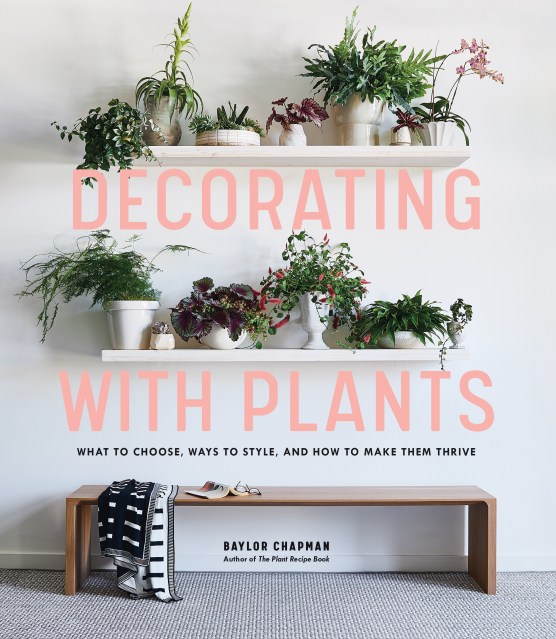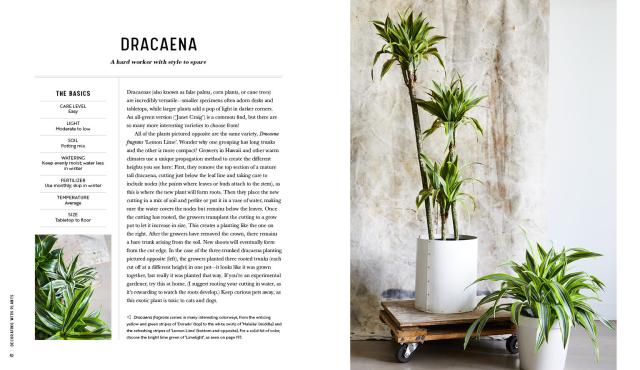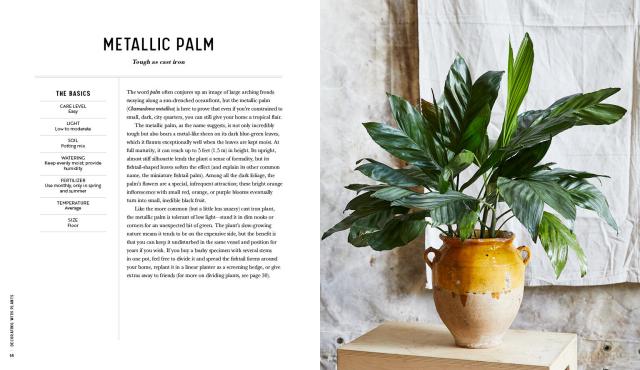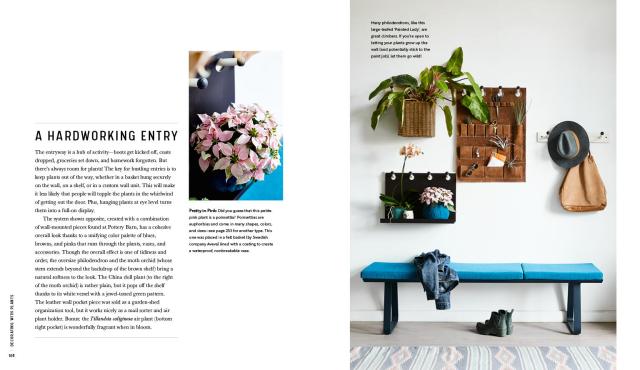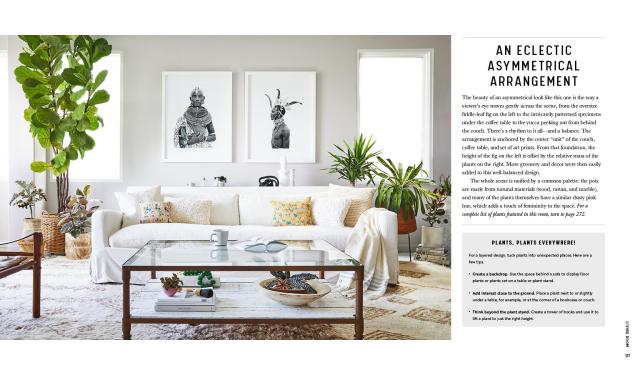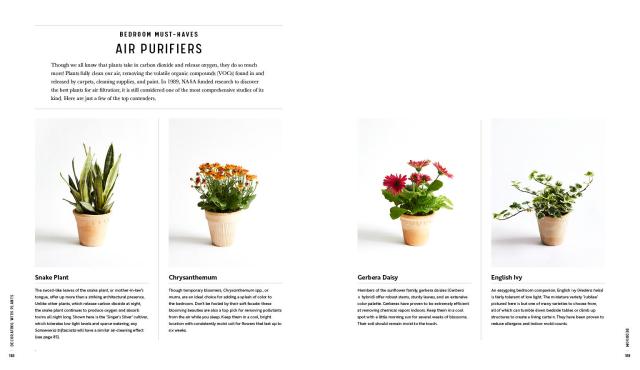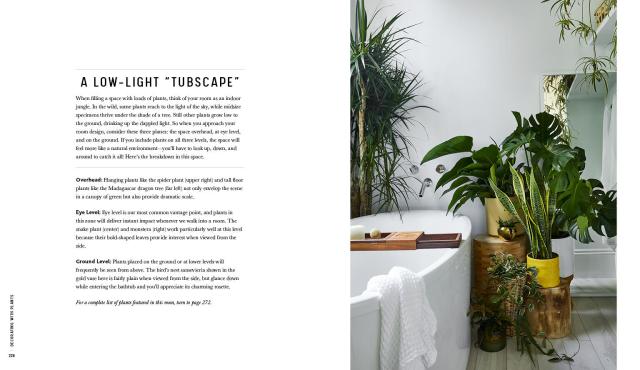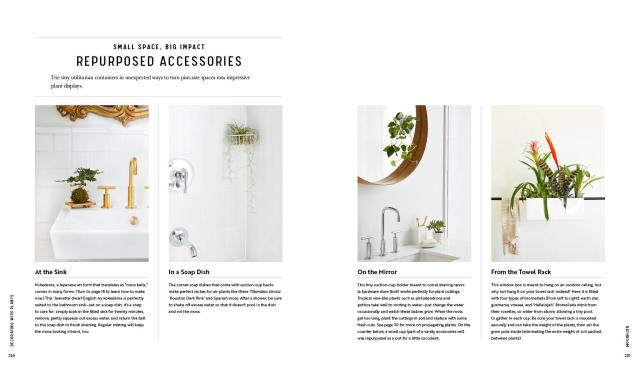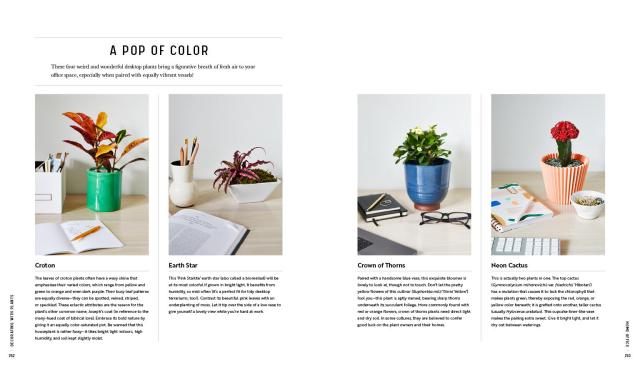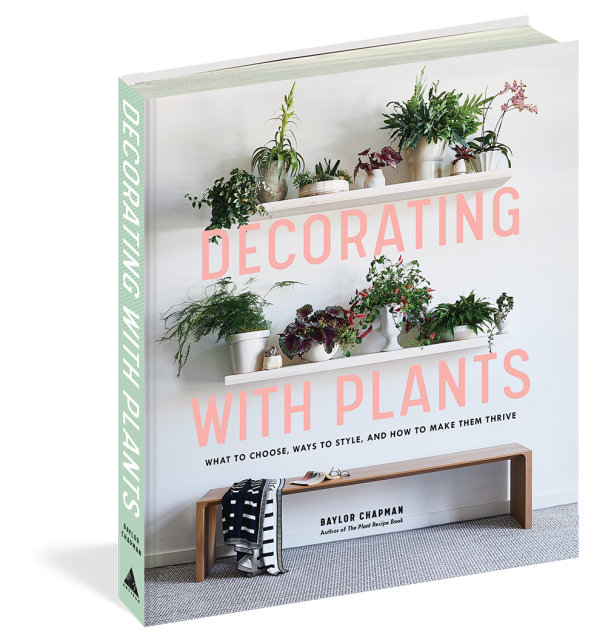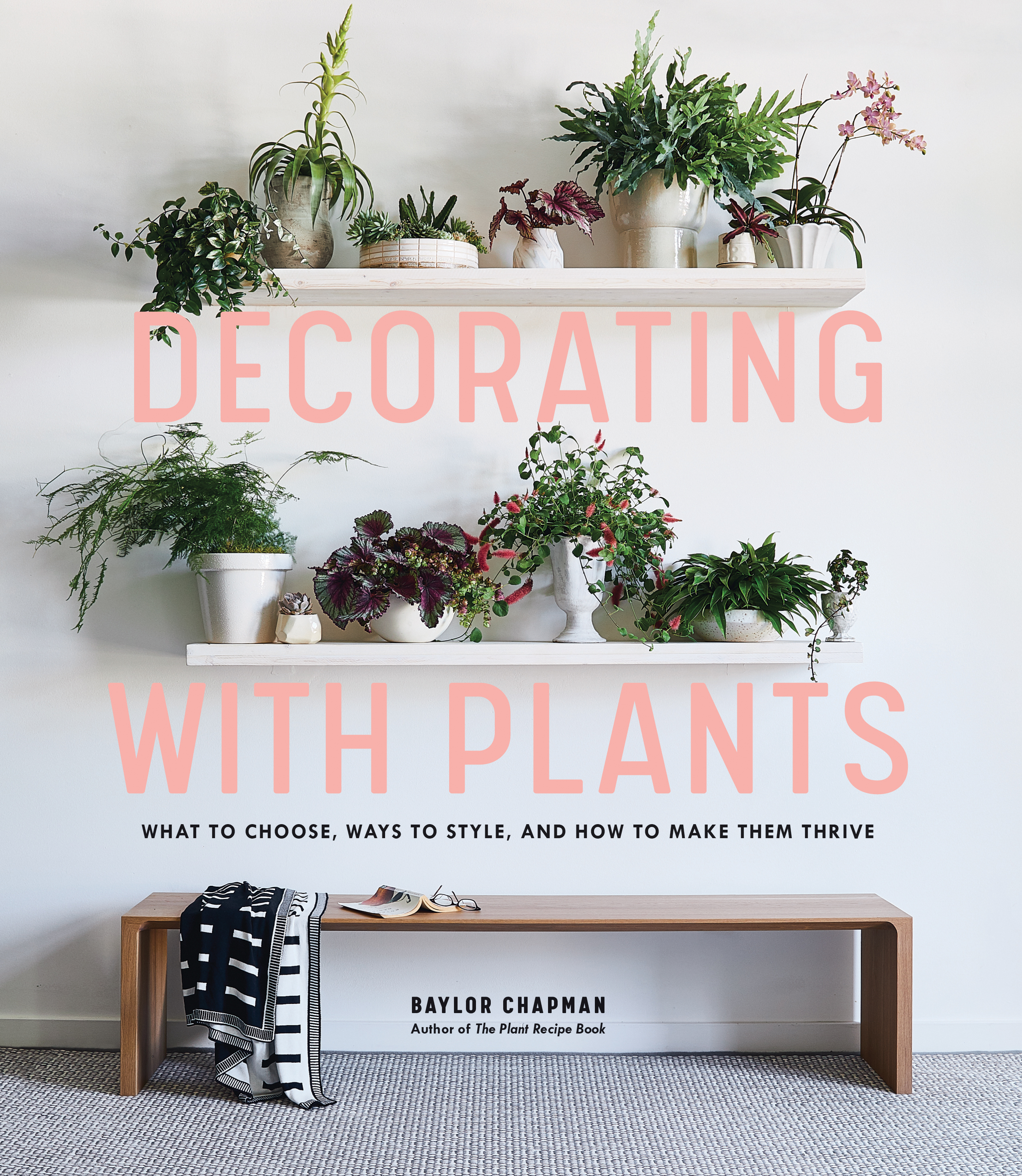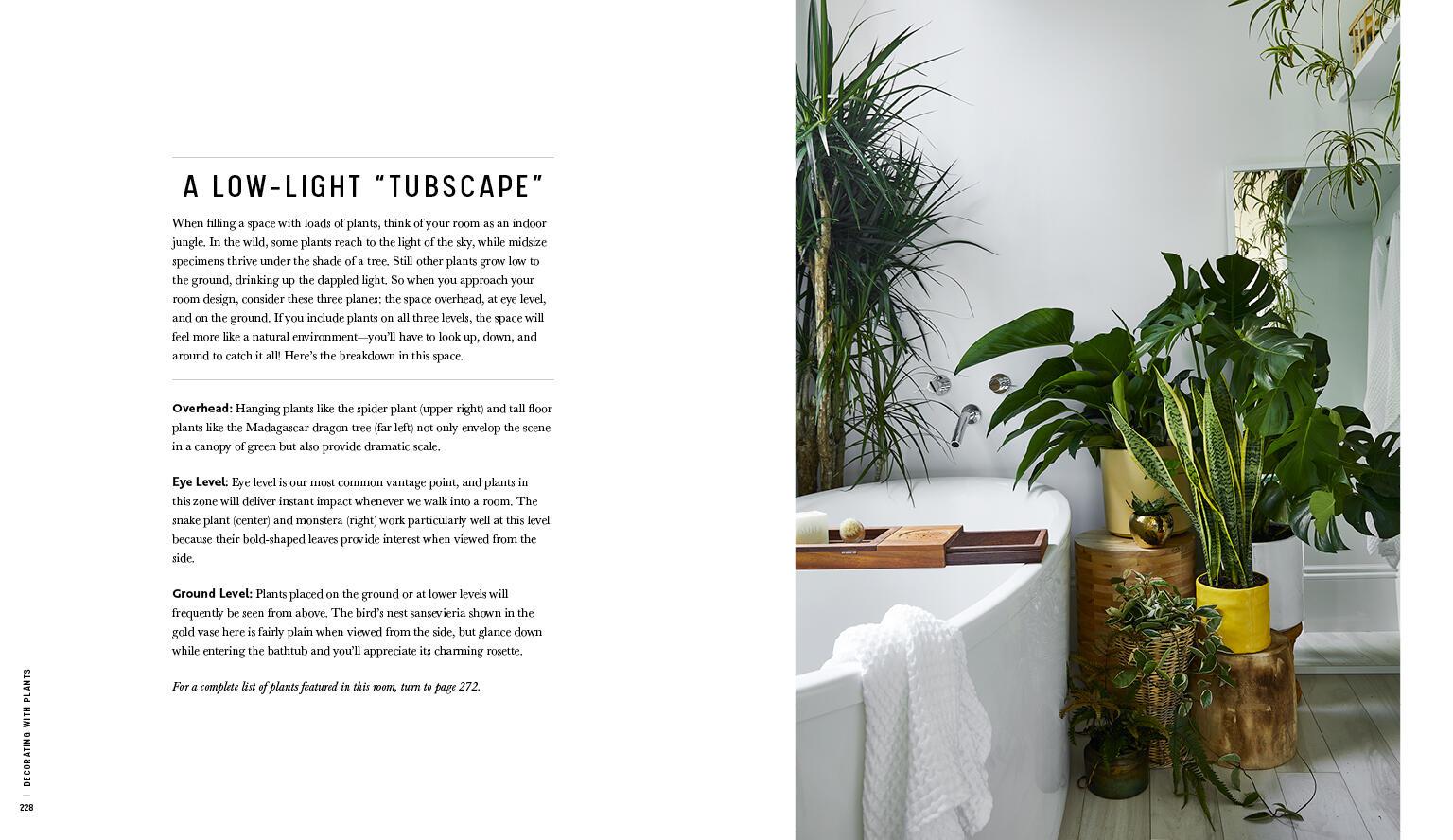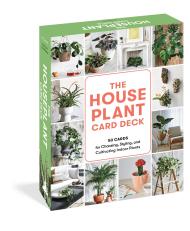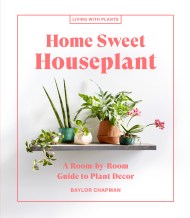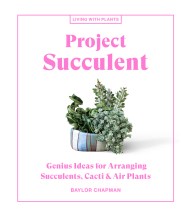Promotion
Use code MOM24 for 20% off site wide + free shipping over $45
Decorating with Plants
What to Choose, Ways to Style, and How to Make Them Thrive
Contributors
Formats and Prices
Price
$24.95Price
$30.95 CADFormat
Format:
- Hardcover $24.95 $30.95 CAD
- ebook $12.99 $16.99 CAD
This item is a preorder. Your payment method will be charged immediately, and the product is expected to ship on or around April 2, 2019. This date is subject to change due to shipping delays beyond our control.
Also available from:
“This book will help you keep your plants healthy.”—Minneapolis Star Tribune, 7 Books to Shake Up Your Home DecorHouseplants are more popular than ever before—especially with millennials, who are setting up their homes for the first time and discovering that nothing can add energy, style, and that essential “lived-in-ness” to their spaces better than a little bit of green. Whether it’s a statement-making fiddle-leaf fig or a tiny tabletop succulent, a houseplant instantly elevates the look of your home. But where to begin?
In Decorating with Plants, Baylor Chapman walks readers through everything they need to know to bring houseplants into their home. First, there’s Plant Care 101: from how to assess light conditions to tricks for keeping your plants alive while on vacation, Chapman gives readers the simple, foundational info they need to ensure their plants will thrive. Then she introduces us to 28 of her favorites—specimens that are tough as nails but oh-so-stylish, from the eye-catching Rubber Tree to the delicate Cape Primrose. Finally, she guides readers through the home room by room: Place an aromatic plant like jasmine or gardenia to your entry to establish your home’s “signature scent.” Add a proper sense of scale to your living room with a ceiling-grazing palm. Create a living centerpiece of jewel-toned succulents for a dining table arrangement that will last long after your dinner party. From air purification to pest control, there’s no limit to what houseplants can do for your home—and Decorating with Plants is here to show you how to add them to spaces big and small with style.
Genre:
-
“Chapman tackles the houseplant craze and cuts through the noise. Her tips are practical and always given with an eye towards creating beautiful spaces in your home.”
—Sunset
“Decorating with Plants gives you the most basic of information, plant by plant: How much light do they need? How much fertilizer? What about water? What about bugs? And once you get past the primer, the good stuff starts: where and how to hang them; which groupings look best; where to find lovely containers; how to keep your herbs thriving all year round. . . . Healthy plants add color, life, and a whiff of outdoors to a room. This book will help you keep your plants healthy.”
—Minneapolis Star Tribune
“Covers all the basics a plant lover needs to know to beautify your home.”
—Austin American-Statesman
"This book makes me feel like I just took a warm bath, had a massage, a cup of chamomile."
—Albany Times Union
“An easily followed roadmap to horticultural success. . . . Chapman's inviting tone mixed with the gorgeous photography makes for an ideal volume for the brown- and green-thumbed alike.”
—Publishers Weekly
“Copious ideas for styling your living spaces, room by room, with a wide variety of houseplants. Narrow entryway? Big flat-screen TV? Noisy neighborhood? Yes, there’s a plant for all of that, and Chapman’s design ideas will leave you ready to frame a window with cacti, geraniums and pelargoniums or to outfit a kid’s room with touch-friendly greenery. Chapman has an artist’s eye and a plant lover’s delight in the details. Her go-to plant list digs deeper than basic care info, occasionally weaving in historical background.”
—BookPage
“Horticulturist Chapman encourages readers to add a green thing (or two or three) to every room in the house—for mood, tone, fragrance, clean air, and just plain good looks. . . . Room-by-room ideas . . . . Inspiring photographs. . . . [A] reference for any room, any lifestyle."
—Booklist, starred review
“At last! A book where savvy interior design and houseplant smarts intersect with finesse. Your home will be more beautiful, your life will be uplifted.”
—Tovah Martin, author of The Unexpected Houseplant
“I will let you in on a major decorating secret: Every room in your house would look better with a houseplant (or three) to add some life to it. With Baylor Chapman’s handy guide, you can pick the best plants—whether for a sunny windowsill or a dark corner—as well as create artful arrangements that will thrive in your home.”
—Michelle Slatalla, author of Gardenista
“Yes, Baylor is a masterful designer—that’s evident from the beauty she conjures in everything she touches. But Decorating with Plants reveals Baylor’s other magic power: Teaching. Her latest masterpiece offers endless design pursuits, all effortlessly demystified from start to finish.”
—Johanna Silver, author of The Bold Dry Garden
“This fresh approach to designing with houseplants goes well beyond the basics of selection and care, providing lushly illustrated style guidance for every room of the house. A fantastic mix of practical and inspirational.”
—Susan Morrison, garden designer and author of The Less Is More Garden
- On Sale
- Apr 2, 2019
- Page Count
- 272 pages
- Publisher
- Artisan
- ISBN-13
- 9781579657765
Newsletter Signup
By clicking ‘Sign Up,’ I acknowledge that I have read and agree to Hachette Book Group’s Privacy Policy and Terms of Use
